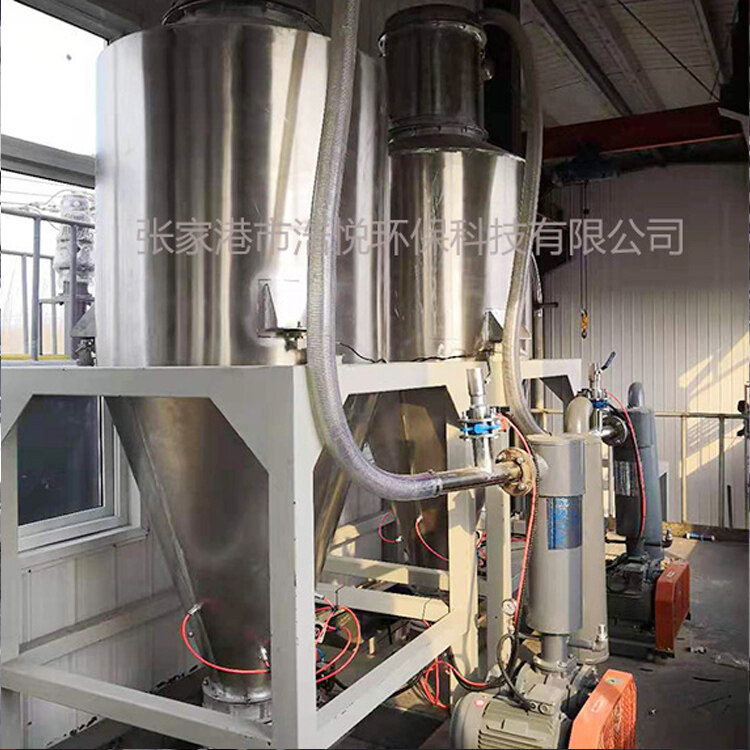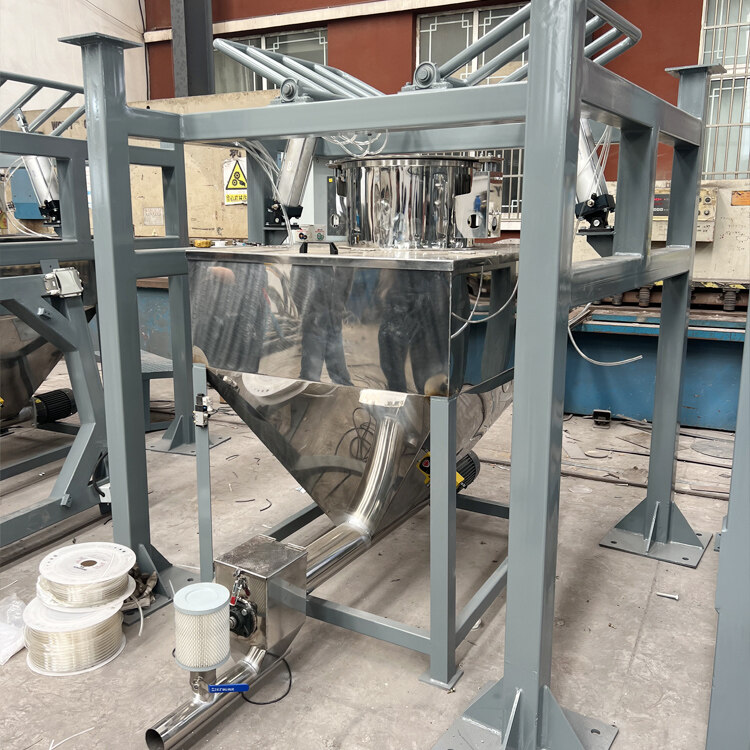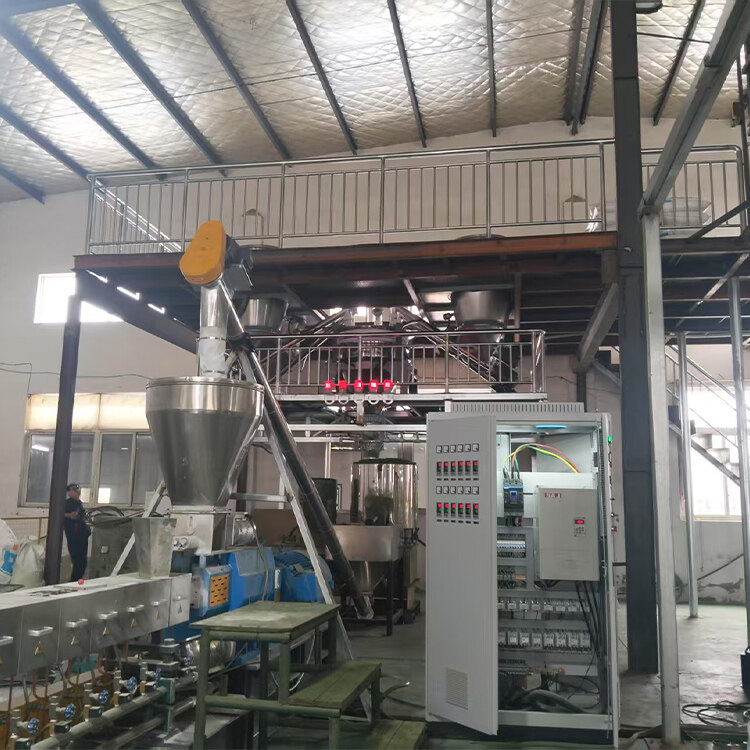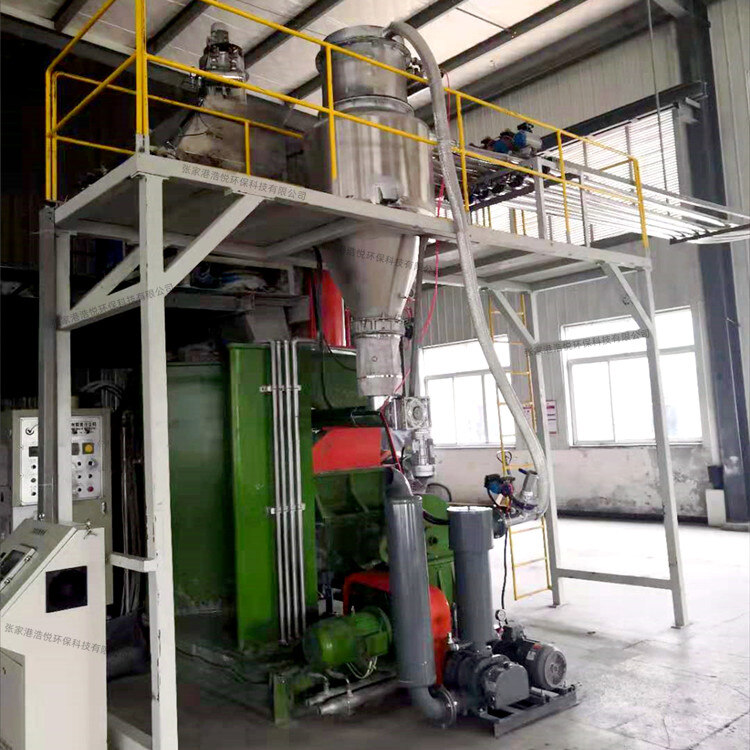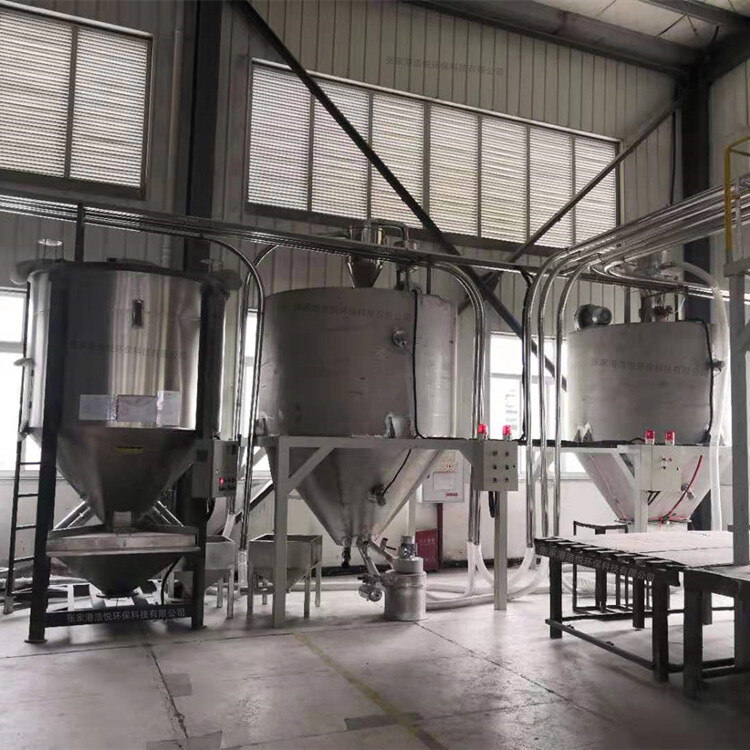- Introduction to automatic batching machine and fully automatic batching machine equipment
- The powder metering system tells you about the introduction of the mixing and drying machine
- 1000kg vacuum feeding machine
- Fully automatic small material batching system
- Research on Innovation of Automatic Weighing Machine Technology
- Design and operation of automatic batching system using PLC, industrial computer and frequency converter
Automatic metering system combined with sewage treatment system
- Category:Automatic metering and conveying equipment
- Hits:106次
- Release Date:2025-06-27
- Share:
- Inquiry
- Details
In the current era where water resources are becoming increasingly precious and environmental requirements are becoming more stringent, the combination of automatic metering systems and sewage treatment systems has become a key means to improve sewage treatment efficiency, ensure effluent quality, and achieve refined management. The two complement each other. The automatic metering system provides accurate data support for the sewage treatment system, while the sewage treatment system achieves more scientific operation and control with the assistance of the automatic metering system, jointly promoting the development of the sewage treatment industry towards intelligence and efficiency.
1、 Overview of Automatic Measurement System
The automatic measurement system automatically measures, calculates, controls, and processes physical quantities through the collaborative operation of various sensors, controllers, and actuators. In the sewage treatment scenario, its core functions cover multiple aspects such as flow measurement, water quality parameter monitoring, and sludge volume measurement.
Flow measurement is a fundamental function of automatic measurement systems, which monitors the inflow, treatment process, and outflow of sewage in real time through devices such as electromagnetic flow meters and ultrasonic flow meters. Electromagnetic flow meters are suitable for measuring the flow rate of conductive liquids with an accuracy of ± 0.5%. They can accurately capture changes in sewage flow rate and provide a basis for regulating subsequent treatment processes.
The monitoring of water quality parameters relies on pH sensors, COD (chemical oxygen demand) sensors, ammonia nitrogen sensors, etc. These sensors convert the concentration of chemical substances in sewage into electrical signals, which can be analyzed and processed by the control system to real-time grasp the degree of pollution in sewage. For example, pH sensors can quickly detect the acidity and alkalinity of sewage. When the value deviates from the normal range, the system can issue a timely warning so that staff can adjust the treatment process.
The measurement of sludge volume is equally important. Through weighing sensors, volumetric measuring devices, etc., the production and treatment of sludge can be accurately measured, providing data support for the sludge disposal process and ensuring the efficiency and safety of sludge treatment.
2、 Basic components of sewage treatment system
The sewage treatment system is a complex integrated system that typically includes multiple stages such as pretreatment, biological treatment, and advanced treatment. In the pretreatment stage, equipment such as grids and sedimentation tanks are used to remove large particle impurities and gravel from the sewage, reducing the load on subsequent treatment units; The biological treatment stage utilizes the metabolic activity of microorganisms to degrade organic pollutants in wastewater. Common processes include activated sludge process, biofilm process, etc; Deep treatment further removes residual pollutants, such as through filtration, disinfection, and other processes, to ensure that the effluent quality meets discharge standards or reuse requirements.
The various processing steps are closely related, and the processing effects affect each other. For example, the operation status of biological treatment units directly determines the removal efficiency of organic matter in wastewater, while deep treatment is the key to ensuring that the effluent quality meets the standard. Therefore, precise control over the entire processing process is crucial.
3、 The collaborative principle between automatic metering system and sewage treatment system
The automatic metering system establishes a closed-loop control system of "perception analysis decision execution" for the sewage treatment system. The real-time data collected by the system, such as flow and water quality, is like the "neural signal" of the sewage treatment system. After being transmitted to the control system, it is analyzed through preset algorithms and models.
Taking flow data as an example, when the inflow suddenly increases, the automatic metering system quickly feeds back the signal to the control system. The control system automatically adjusts the operating frequency of the lifting pump according to the preset program, increases the sewage lifting amount, and adjusts the processing capacity of subsequent treatment units, such as increasing aeration rate, extending reaction time, etc., to ensure stable operation of the treatment system.
Water quality parameter data is equally crucial. If the COD concentration exceeds the standard, the control system can automatically increase the dosage of chemicals in the biological treatment unit or adjust the growth environment of microorganisms based on historical data and treatment process models to improve the efficiency of organic matter degradation. Through real-time monitoring and dynamic regulation, precise management of the sewage treatment process can be achieved.
4、 Typical application scenarios and advantages
The combination of automatic metering system and sewage treatment system has achieved significant results in urban sewage treatment plants. By accurately measuring the inflow rate, the number of operating sewage treatment equipment can be reasonably arranged to avoid excessive operation or insufficient load, and reduce energy consumption costs. Real time monitoring of water quality parameters can detect water quality abnormalities in a timely manner and take corresponding measures to ensure stable and compliant effluent quality. For example, after the introduction of this collaborative system in a certain urban sewage treatment plant, the fluctuation range of effluent COD concentration was reduced by 40%, and energy consumption was reduced by 15%.
The field of industrial wastewater treatment also benefits from the combination of the two. For high concentration organic wastewater generated by chemical enterprises, the automatic metering system can accurately monitor the content of various pollutants in the wastewater, and the sewage treatment system adjusts the treatment process accordingly, such as using advanced oxidation technology to enhance pollutant degradation. At the same time, accurately measuring the amount of sludge generated helps enterprises to plan sludge disposal plans reasonably, reduce disposal costs and environmental risks.
The advantages of this collaborative system are not only reflected in the treatment effect and cost control, but also in the intelligent management of the sewage treatment process. Through real-time data collection and analysis, management personnel can remotely monitor the operation status of the sewage treatment system, promptly identify potential problems, and take appropriate measures. The accumulation and analysis of historical data can also provide decision-making basis for process optimization and equipment maintenance, promoting the intelligent and digital transformation of the sewage treatment industry.
The combination of automatic metering system and sewage treatment system is an important guarantee for the efficient, stable and intelligent operation of the sewage treatment industry. With the continuous advancement of technology, the collaboration between the two will become closer and their functions will be more perfect, playing a greater role in protecting the water environment and achieving sustainable utilization of water resources.


